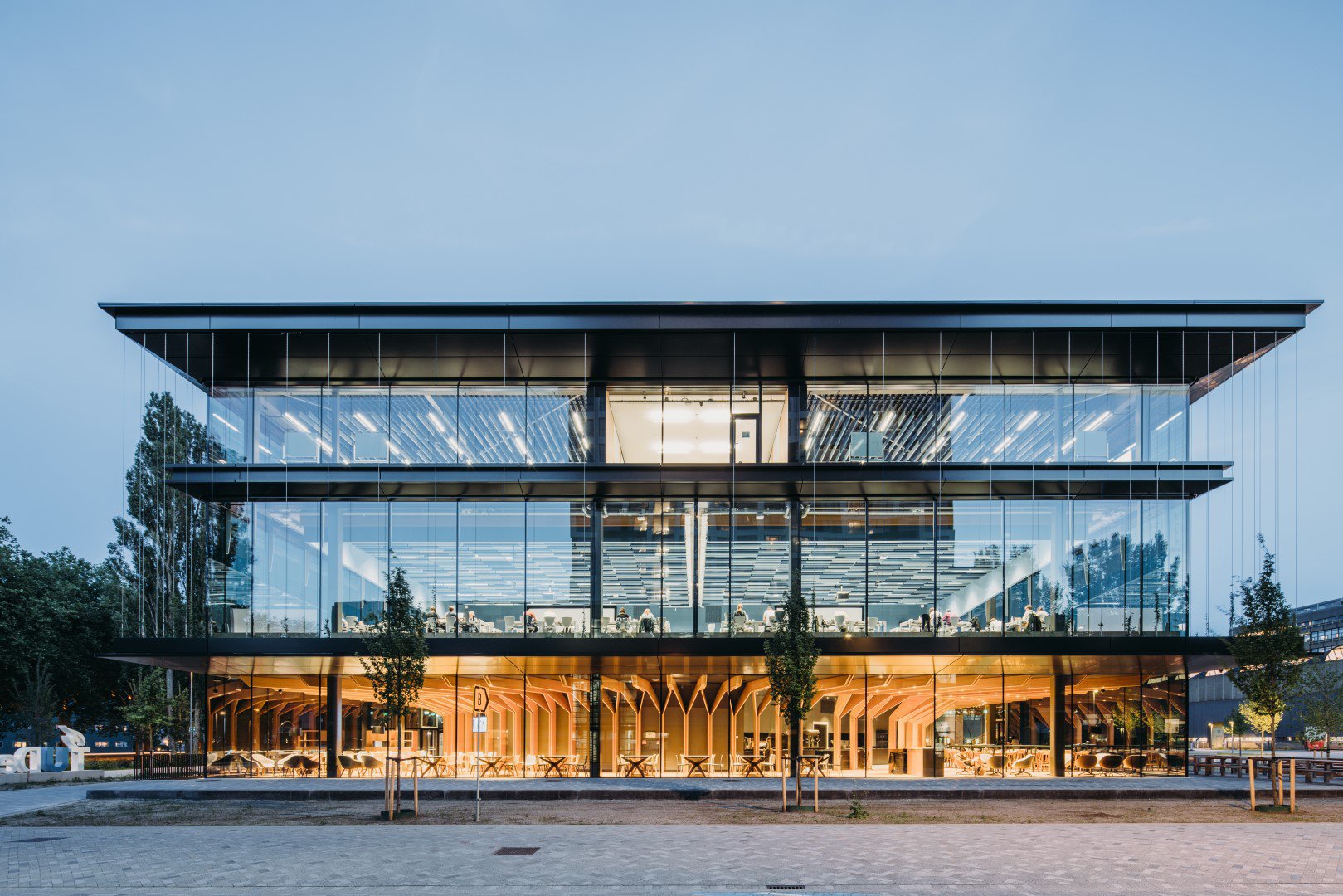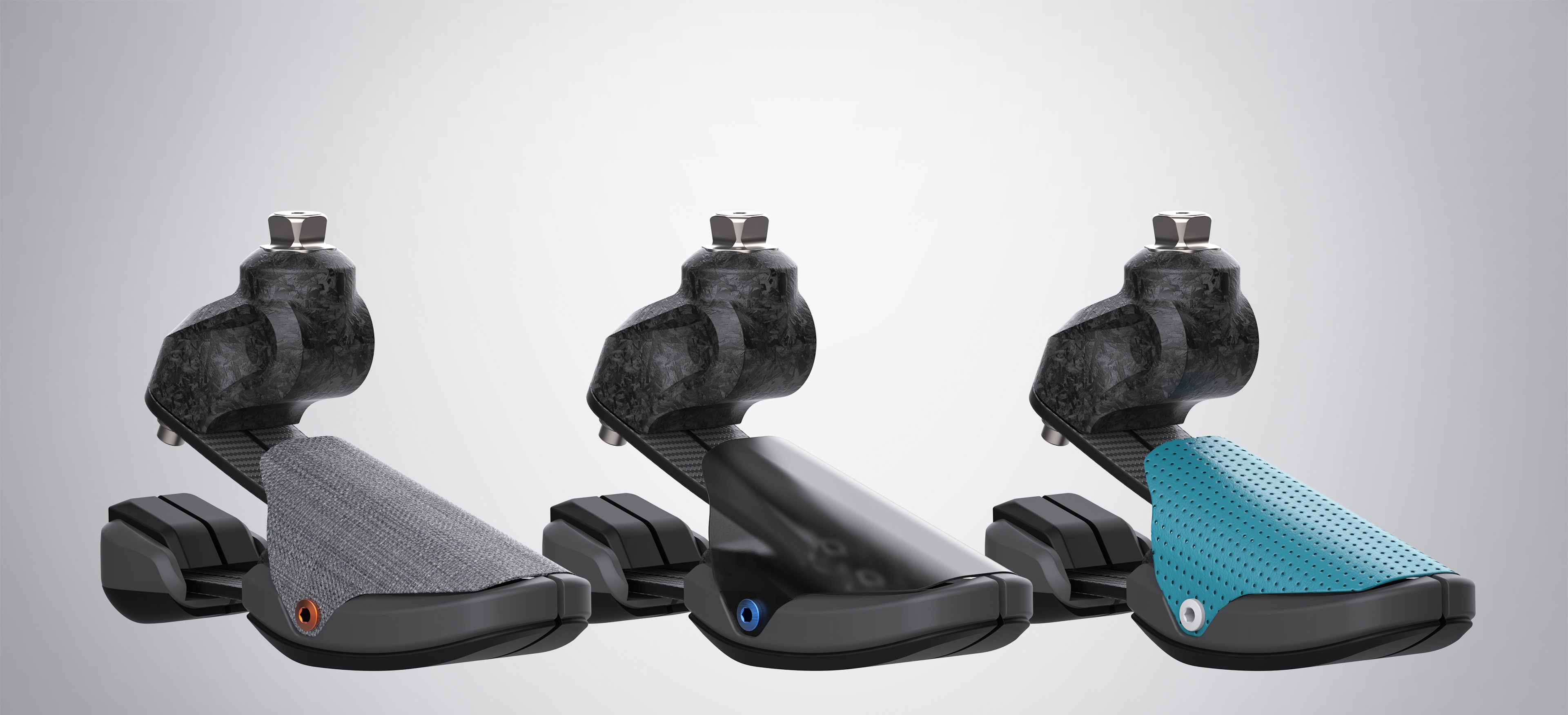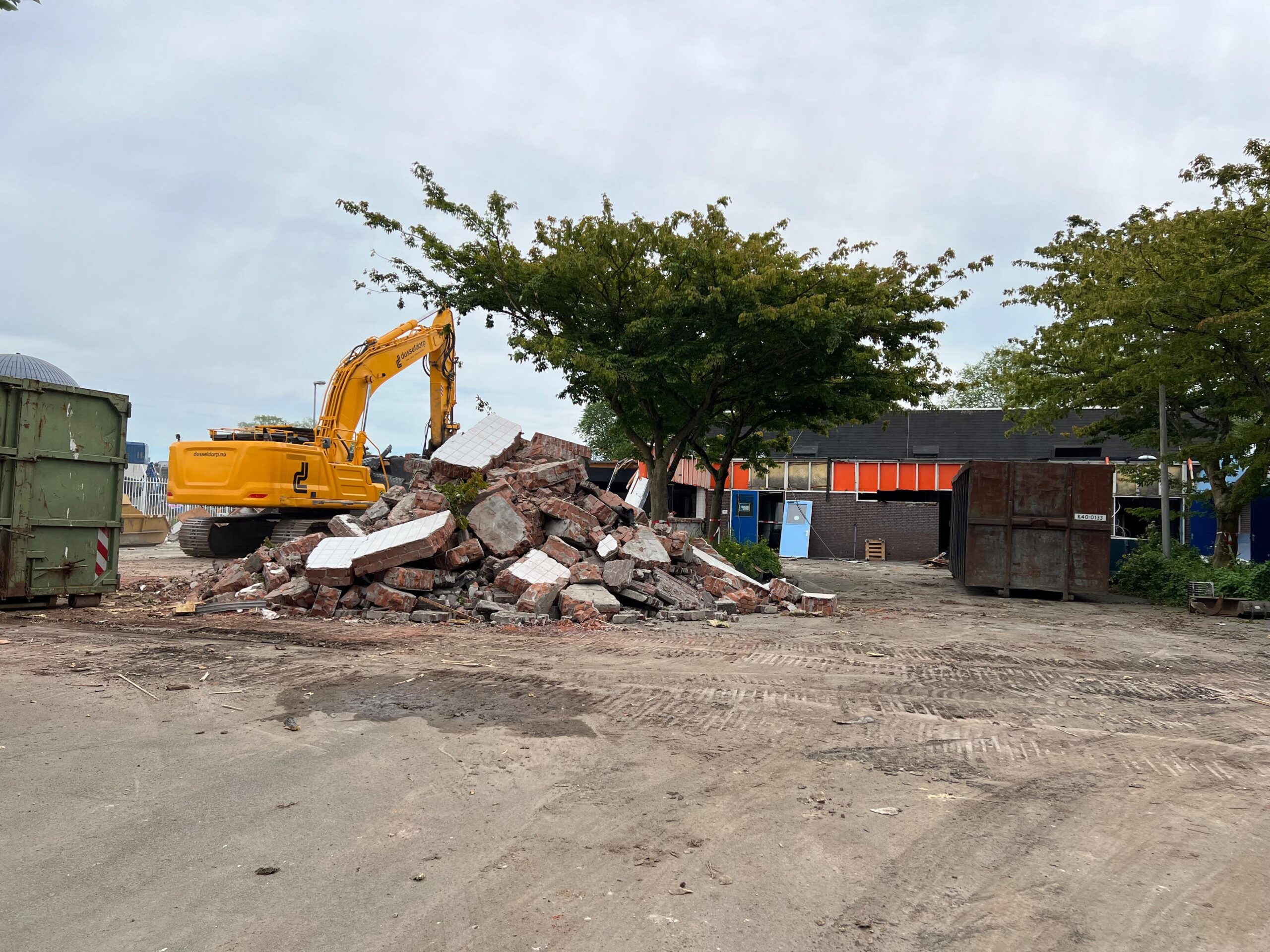
Deep tech is on the rise. TU Delft Campus also has a number of businesses which are actively developing products and services on the basis of breakthrough technologies. What does this require of entrepreneurs? What makes deep tech special? Ferdinand Grapperhaus and Willem Kesteloo, the founders of Physee, are convinced that deep tech will lead to a better world. “It’s the enabler of the future.”
Grapperhaus and Kesteloo make no secret of their enthusiasm. “Pioneering!” “Adventure!” “Where it’s all happening!” The ‘suspense and excitement’ of working with revolutionary technology that could change the world. “Being involved in the whole spectrum, from invention in the lab to the final product, is what makes it so unique.”
SmartSkin
What Grapperhaus and Kesteloo – two former Applied Physics students – have set up is certainly unique. PHYSEE is developing a ‘SmartSkin’ for buildings: a smart façade that not only generates energy from solar cells, but saves energy and regulates the indoor climate as well, without affecting the architecture of the building.
This involves a whole host of breakthrough technologies, such as algorithms that collect all the data from the smart windows to use as a basis for directing climate control. In addition, the company is developing a luminescent solar concentrator: an invisible coating that captures sunlight shining on the façade and converts it into electricity, which will give the SmartSkin an added boost.
Coating for greenhouses
The scale-up has now clad over 7000 m2 of façades in the Netherlands and Germany with its innovative technology. The R&D produced an additional wonderful stroke of luck: a coating that can be put on greenhouses, which enables plants to grow seven percent faster. “There’s an enormous market for it,” says Grapperhaus.
These are innovations that could only have come about by means of the deep tech method: the development of a new product goes hand in hand with thorough scientific research and close ties with the university. “The good partnership with TU Delft enables a scale-up in deep tech to point scientific research in a very interesting direction,” says Grapperhaus. And in turn, that leads to new patents.
Glow in the dark
The luminescent solar concentrator, for instance, is a coating that works in the same way as glow in the dark products. They are metals that are able to absorb light and transmit it again. Physee uses this technology to harvest the solar energy which would normally be reflected by the glass. “You lose thirty percent in that way, and we think that’s a waste. Instead of reflecting the light, we capture it and send it to the edge of the window where it is collected.”
The development of this coating takes many years. The technology is developed step by step in the lab with the help of industrial partners until a perfect product emerges, where customers can no longer tell the difference between a window with coating and one without. Kesteloo calls this ‘sustainability without compromise’. People are only inclined to embrace innovation if it does not detract from the functionality. The coating is expected to be ready for commercial application within a few years. It will then be integrated into the ‘SmartSkin’.
Patient capital
The central focus of everything Grapperhaus and Kesteloo do is their desire for a better world. “We started PHYSEE because we have a major energy problem,” says Kesteloo. Buildings guzzle a large proportion of energy consumption and a large part of that is lost through windows. This social drive, the transition to sustainable energy, is what underpins the SmartSkin.
Investors should also pay more attention to this, says Grapperhaus. He has noticed that many investors still think in terms of short cycles, which they have been used to doing at the Silicon Valley start-ups which make software apps. There are no quick profits when investing in deep tech and ‘patient capital’ is in short supply. The Dutch government, the EU and major investors should therefore include the key requirement that twenty percent of investments must be impact driven.
“We genuinely need to look at deep tech from a different perspective,” says Grapperhaus. “It’s a solution to many of the problems we are currently facing as a planet.”
Aim for deep tech
Grapperhaus furthermore hopes that engineers will choose a career in deep tech for this very reason. “The cool thing about it is that a great many smart people are truly being challenged again in the way they ought to be challenged.” It is ‘such a shame’ that physicists from Delft are choosing to work in the banking sector or consultancy. “They are choosing the old economy: they’re having to run very fast, chasing after nothing but growth, growth and even more growth. We have to change course, and deep tech is the answer.”
What’s more, it’s a way for the Netherlands – and Europe – to set themselves apart from the US and Asia. “We’re really good at deep tech; it’s just that we haven’t been calling it that for the last 100 years. But Philips, ASML, TomTom: obviously deep tech, all of them.”
PHYSEE Campus
In ten years’ time, Kesteloo and Grapperhaus hope that the SmartSkin has not only grown to become the new standard for façade cladding, but that a ‘PHYSEE Campus’ has emerged around their company: an incubator for deep tech innovations. “We’re starting to figure out pretty well how it works,” says Grapperhaus. “This can become the foremost place for scaling deep tech innovations that emerge from the lab. That’s where our passion lies.”



